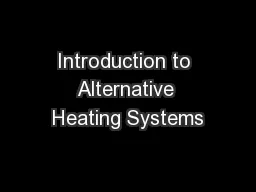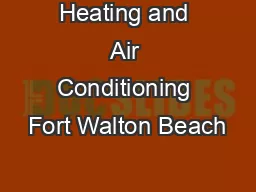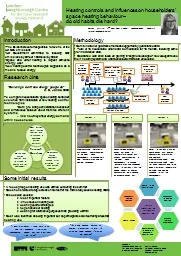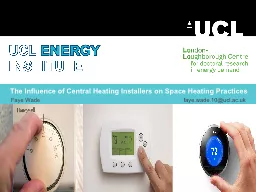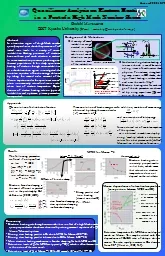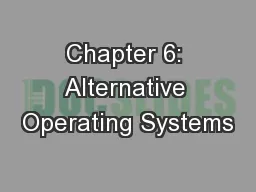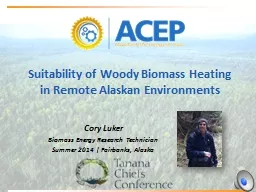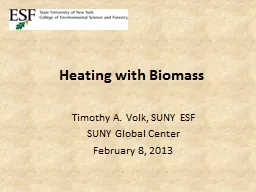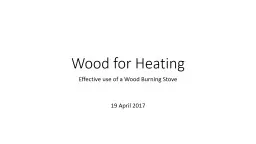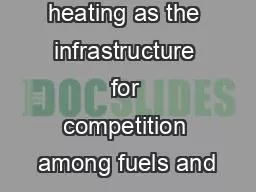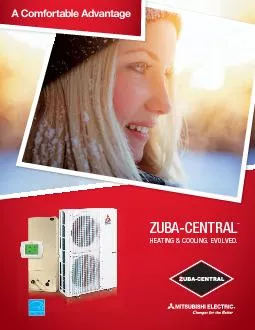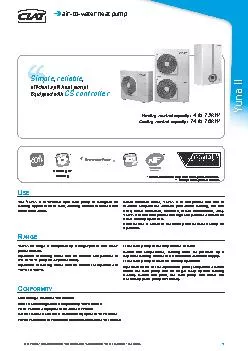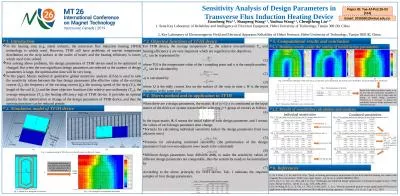PPT-Introduction to Alternative Heating Systems
Author : olivia-moreira | Published Date : 2016-08-03
South West Chicken Association April 2013 Agenda April 2013 Introduction Challenges Facing Industry Conventional Heating Hot Water Heating Systems Optimal Ventilation
Presentation Embed Code
Download Presentation
Download Presentation The PPT/PDF document "Introduction to Alternative Heating Syst..." is the property of its rightful owner. Permission is granted to download and print the materials on this website for personal, non-commercial use only, and to display it on your personal computer provided you do not modify the materials and that you retain all copyright notices contained in the materials. By downloading content from our website, you accept the terms of this agreement.
Introduction to Alternative Heating Systems: Transcript
Download Rules Of Document
"Introduction to Alternative Heating Systems"The content belongs to its owner. You may download and print it for personal use, without modification, and keep all copyright notices. By downloading, you agree to these terms.
Related Documents

